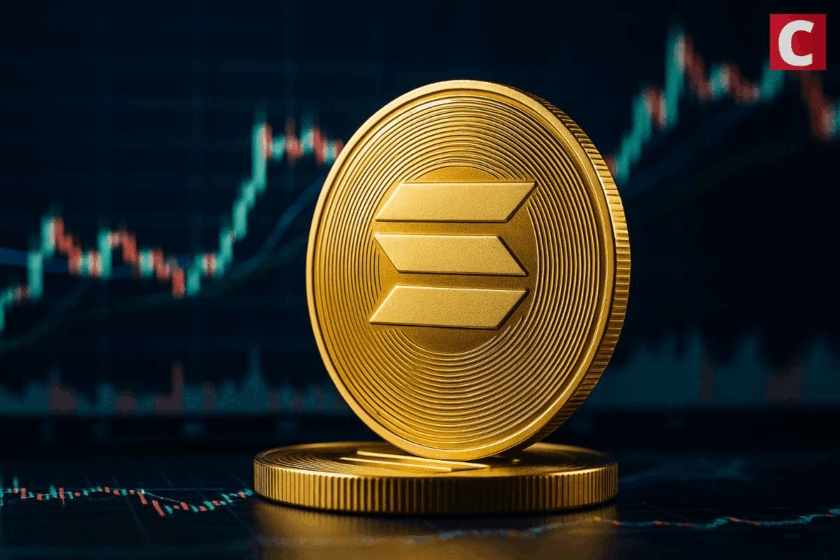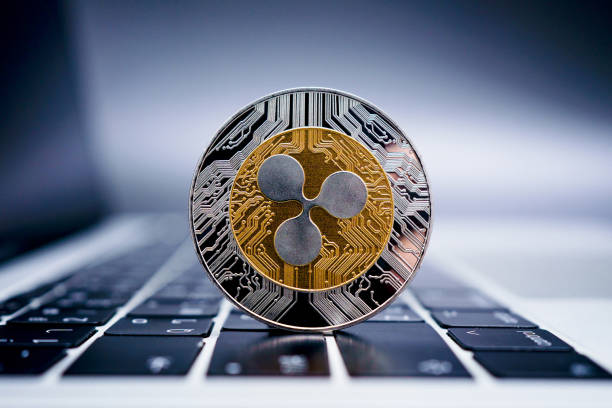The more widespread cryptocurrency becomes – the more fraud involving it is happening in the industry. The majority of scammers are drawn to cryptocurrency exchangers, because they present the highest concentration of cryptocurrency.
A cryptocurrency exchanger is a service where people can exchange traditional fiat currency into cryptocurrency and vice versa, along with exchanging cryptocurrencies into other cryptocurrencies, such as BitCoin into Ethereum, or LiteCoin into Ripple, for example.
There are classical crypto exchangers and P2P (peer to peer) exchangers.
A classic exchanger is an exchange service that charges a fee for its services in the form of a commission.
A P2P exchanger is a cryptocurrency exchange directly between users.
Let’s discuss five key scam scenarios with cryptocurrency exchangers:
- Omission of commas
The scenario is designed for P2P exchanges. The fraudster promises that he will be the first who transfers money. But, for example, instead of $1007, he transfers you $1.007. Fraudster hopes that you will be inattentive, confuse comma with a point and send the whole amount to him.
- Fake exchangers
Scammers create a site that imitates an exchanger, most often it consists of just a couple of pages. They attract users with incredibly profitable rates.
- Phishing
In this case, fraudsters already create a site that completely imitates a well-known exchanger and advertise it through search engines, crypto user forums, currency sites, etc. Phishing creators often communicate with victims on behalf of the support team.
- Address spoofing
The scheme is used for P2P exchangers.
The profile information of the exchanger’s user is hacked and false addresses for accepting cryptocurrency or a false Telegram contact are placed. Usually, the user does not immediately notice that the addresses have been spoofed.
- Money laundering
You are paid the full agreed amount, for example, $5.000 with an electronic payment system. But this amount is sent in parts at $500, $600, $1500. In most of the cases, it is a sign of “money laundering” from the drug trade. As a rule, payment systems consider such transactions as suspicious and block the account.
These are just most common fraudster scenarios but they are limitless, and many people fell victims to such schemas without realizing it before it’s too late and the crime is well accomplished. Luckily, there are fintech companies out there to have developed security tools and alternative methods to let you buy and sell crypto in an easy and secure manner.




